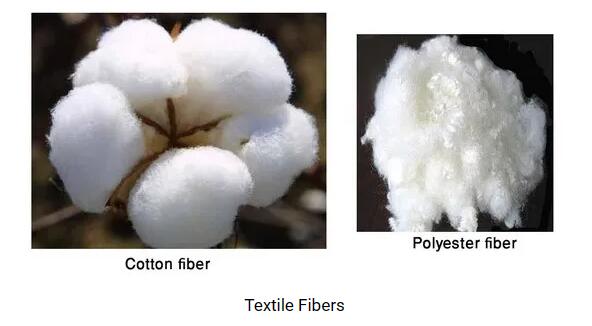-
U.S. cotton exports continue to fall in 2023
Edited by:Read:The average spot price of standard grades in the seven domestic cotton markets in the United States was 80.36 cents/lb, up 0.59 cents/lb from the previous week, and down 54.06 cents/lb from the same period last year. That week, 31,700 bales were traded in the seven major domestic spot markets in the United States, and the cumulative turnover in 2022/23 was 564,709 bales. The spot price of domestic upland cotton in the United States rose, and foreign inquiries were light. The price of Pima cotton was stable, and cotton farmers continued to hold up the price.

This week, domestic textile mills in the United States had inquiries about grade 4 cotton shipped in the 2-4 quarter, and some inquiries about grade 4 cotton shipped in the 2-3 quarter. Due to weak demand for yarn, some factories were still shutting down production. Factory purchases continue to be prudent. The demand for US cotton export is average, and the Far East region has inquiries for various special varieties.
There were large-scale showers in the southeastern United States, with rainfall ranging from 25 to 75 mm. Cotton farmers continued to prepare for farming, but the rainfall slowed down field operations. Cotton fields in the south-central Memphis area are still flooded, and the wet and cold weather has prompted cotton farmers to switch to other crops. The southern part of the central-southern area has nearly 75 mm of rainfall, which affects spring sowing operations.
There was 25-125 mm of rainfall in the Rio Grande River Basin and coastal areas in southern Texas, which is good for the sowing and emergence of new cotton. Kansas in eastern Texas continues to wait for the spring rain to improve and replenish soil moisture. Oklahoma has 25 mm There are thunderstorms on the left and right, strong winds continue in western Texas, and extensive rainfall in the southern plateau, but sufficient rainfall is still needed to alleviate the current extreme drought, and outdoor preparations for farming are proceeding normally.
The weather in the western desert area is getting warmer and sowing is resumed, and the local area is still in a state of severe drought. Parts of San Joaquin were abandoned due to flooding, with an area of 150,000 acres, and cotton farmers considered planting other crops. Small-scale farming began in the Pima cotton area, and some areas were abandoned due to floods.
- 2024-04-19Paper ring compression strength tester standards
- 2024-04-19Cupping tester standards
- 2024-04-19Rubber and plastic tensile tester standards
- 2024-04-19Taber 1750 wear-resistant tester standards
- 2024-04-19Stone Chip Resistance Gravelometer standards
- 2024-04-18Diaper absorption speed tester standards
- 2024-04-18Diaper leakage tester technical indicators
- 2024-04-18Paint film impact resistance tester standards
- 2024-04-18Low temperature brittleness tester principle
- 2024-04-18Battery separator permeability tester technical indicators



